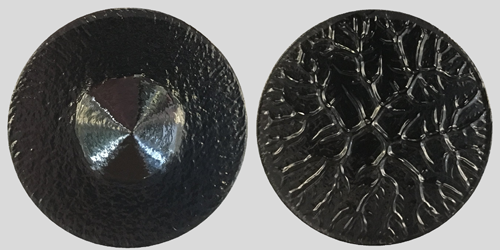Intricate Branching in Soft Solids
At interfaces between two fluids, simple perturbations can create complex patterns. When the fluids have different viscosities, the interface can exhibit a “viscous fingering instability,” making it contort into intricate branches. Now, Thibaut Divoux, at the Massachusetts Institute of Technology and the French National Center for Scientific Research (CNRS), and colleagues investigate how the phenomenon is affected when the more viscous fluid is a so-called yield stress fluid. They find that the pattern’s geometry is controlled by the fluid’s microscopic dynamics rather than its bulk properties, offering, for the first time, a consistent framework for the physics of fingering in non-Newtonian fluids.
The fluid interface that the team studied was that between a colloidal nanoparticle gel and the surrounding air. Undisturbed, nanoparticles in the gel attract each other, forming a microscopic network that maintains the gel’s shape. Under stress, the network breaks and the gel flows.
The researchers sandwiched the gel between two plates and then pulled the plates apart, stretching the gel in one direction while making it contract in the plane of the plates. They found that the gel adopted one of two configurations depending on the energy imparted to the material when the plates were separated. Below a critical energy, attractive forces between the nanoparticles suppressed the viscous fingering instability, and the gel stretched into a single cone. Above that energy, the nanoparticles were pulled apart, inducing local fluidization and letting fingers of air intrude between the plates. The researchers are now investigating whether this energy dependence applies to other non-Newtonian fluids, and whether they can characterize the fluid’s microscopic properties via the finger geometry.
This research is published in Physical Review Letters.
–Sophia Chen
Sophia Chen is a freelance science writer based in Columbus, Ohio.




